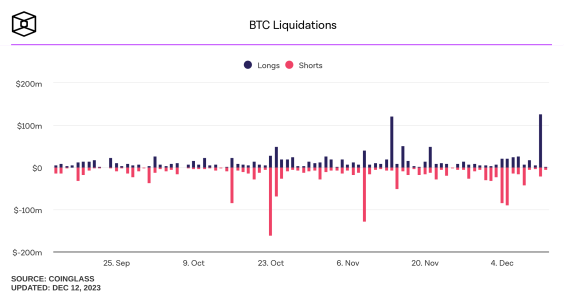This is not investment advice. The author has no position in any of the stocks mentioned. Wccftech.com has a disclosure and ethics policy.
Qualcomm Incorporated's subsidiary Qualcomm Technologies announced today that it has doubled the membership of its Qualcomm XR Enterprise program (XEP). This program aims to bring extended reality applications to corporations in a wide variety of industries. The company revealed several industries that have started to use XR Enterprise, with the adoption coming at a time when advances in mobile computing allow companies to reduce power and area envelopes of processors and gain significant performance improvements simultaneously.
Qualcomm XEP Gains Industry Partners In Medicine, Education and Remote Working Reveals Company
Today's announcement comes roughly a year after Qualcomm unveiled the platform at the Enterprise Wearable Summit in 2019. Wearables for corporate customers are not a novel idea, with Alphabet Inc's subsidiary Google also known for selling its Google Glass smart glasses to a variety of companies.
Extended Reality (XR) platforms, as opposed to Virtual Reality (VR) and other platforms, deliver a more immersive experience through combining advances in artificial intelligence and computing capabilities. Qualcomm's list of partners for its XEP program now includes companies in the telemedicine, education and telecommunications sector.
For instance, Qualcomm partnered up with enterprise collaboration platform Spatial to deliver Qualcomm XR to leading carriers for facilitating remote working during the ongoing pandemic. Through this partnership, Spatial will sell its Nreal XR Viewers powered by Qualcomm's Snapdragon 865 or Snapdragon 855 processors.

Nreal's Nreal Light smart glasses.
Qualcomm's products are also powering Pico VR's devices that come with Boston-based telehealth platform XRHealth's virtual reality therapy software. XRHealth's software and products cover a variety of health problems such as stress management, attention deficit hyperactivity disorder (ADHD), memory loss and stress management.
In addition to the aforementioned companies, Qualcomm has also added another 31 partners to its XEP program. Moreover, Munich-based in-vehicle entertainment provider holoridealso announced its partnership with the company's XEP program today.
Through this partnership, holoride aims to change passenger experience during long and short commutes. The company aims to use Qualcomm's technology for providing passengers with a wide variety of options to spend their time when traveling. These options include entertainment, productivity and learning tools for letting travelers decide how they'd spend their time during trips.
holoride co-founder Marcus Kuehne elaborated the company's plans for using Qualcomm XEP:
“holoride is extremely proud to have entered the Qualcomm XEP, as Qualcomm Technologies is a critical player in understanding what is necessary to ensure holoride readiness for both headsets and vehicles. Most consumers feel as though their time in the car is currently wasted. Our mission is to change that with XR technology that provides passengers a way to be entertained, to learn and to even be more productive while getting from A to B. Our collaboration with Qualcomm Technologies has the potential to become the catalyst for headsets by adding vehicles as another use case. This is of major importance for holoride and will also strengthen our relationships with key industries.”
Brian Vogelsang who heads product management at Qualcomm commented on the company's progress in the XR industry. Commenting on Qualcomm's partner diversification, the executive stated:
“We are all in on our commitment to driving the XR industry forward on a global scale, while simultaneously advancing XR technology for the enterprise. We are incredibly proud of what our Qualcomm XEP members have accomplished in the first year and are confident this collection of innovators will be a key component in meeting the increased demands in enterprise for collaboration and remote work, skills training, education and learning, data visualization, and health and wellness solutions.”













